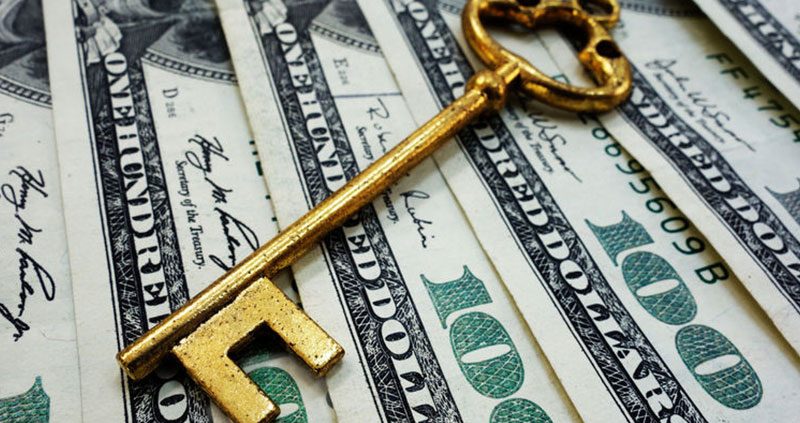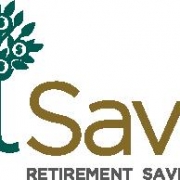 Print Friendly Version
Print Friendly Version
When are safe harbor 401(k) employer contributions distributable?
“My client is age 47. Can he take a distribution of his safe harbor 401(k) plan matching contributions while he is still working?”
ERISA consultants at the Retirement Learning Center Resource Desk regularly receive calls from financial advisors on a broad array of technical topics related to IRAs and qualified retirement plans. We bring Case of the Week to you to highlight the most relevant topics affecting your business. A recent call with an advisor in Ohio is representative of a common inquiry involving safe harbor 401(k) employer contributions.
Highlights of discussion
- No, safe harbor 401(k) employer contributions—either matching or nonelective—may not be distributed earlier than separation from service, death, disability, plan termination, or the attainment of age 59 ½ [IRC §§ 401(k)(12) and 401(k)(2)(B)]. This would include the earnings on such amounts as well.
- IRS Notice 98-52, Section IV, H. provides further clarification on the distribution of safe harbor 401(k) employer contributions: “Pursuant to § 401(k)-(2)(B) and § 1.401(k)-1(d)(2)(ii), hardship is not a distributable event for 401(k) safe harbor contributions other than elective contributions.”
- The distribution rules for safe harbor 401(k) employer contributions are different (more restrictive) than those for non-safe harbor 401(k) plans, where it may be possible, under the terms of the plan, to take an in-service withdrawal of employer matching or profit sharing contributions prior to age 59 ½.
- Safe harbor 401(k) employer contributions must be fully vested when made. They cannot be subject to a vesting schedule as is the case with non-safe harbor 401(k) employer matching or profit sharing contributions.
- The bottom line is to always refer to the provisions of the plan document or summary plan description for a definitive answer on when plan assets are distributable.
Conclusion
The IRS’ distribution rules for safe harbor 401(k) employer contributions are different (more restrictive) than those for non-safe harbor 401(k) plans. The soonest that a working participant would be able to request a withdrawal of safe harbor 401(k) employer contributions would be age 59 ½.











